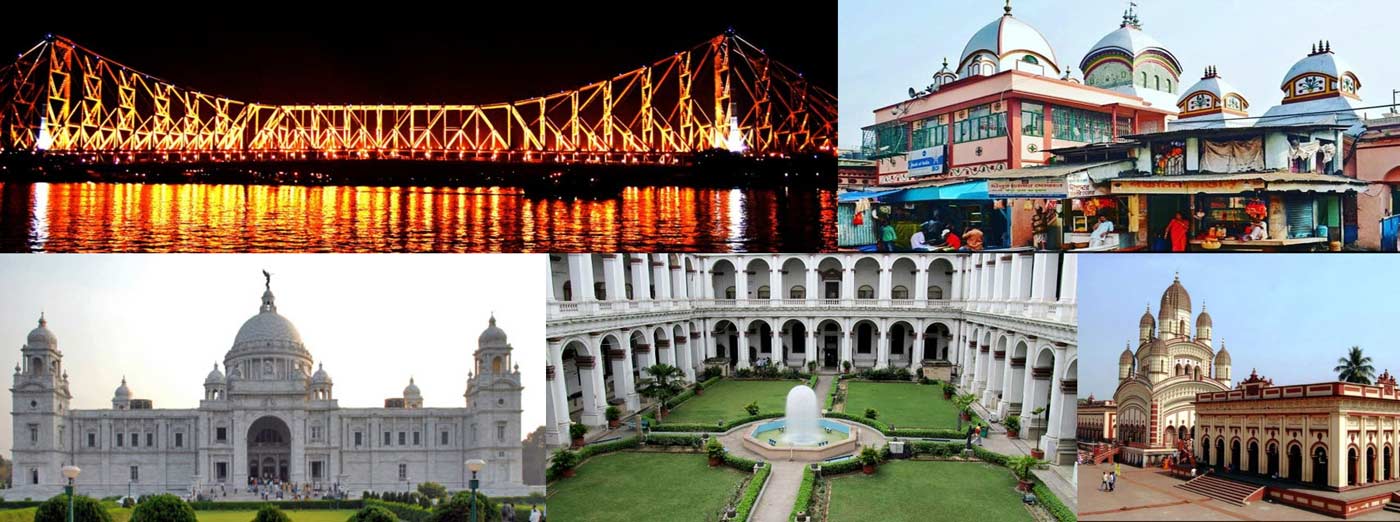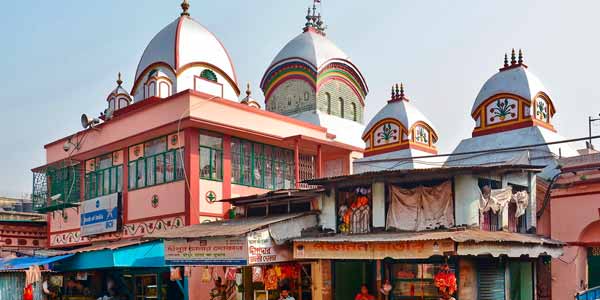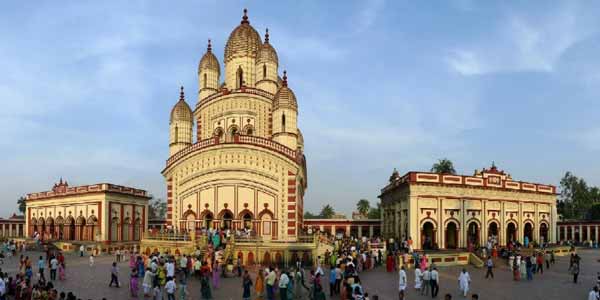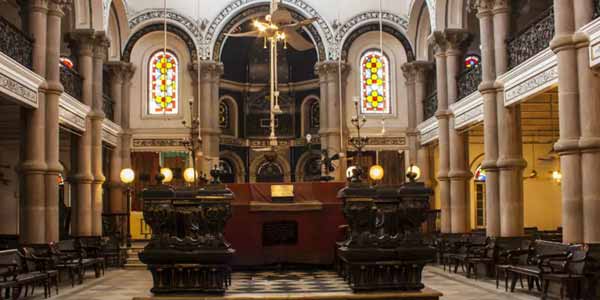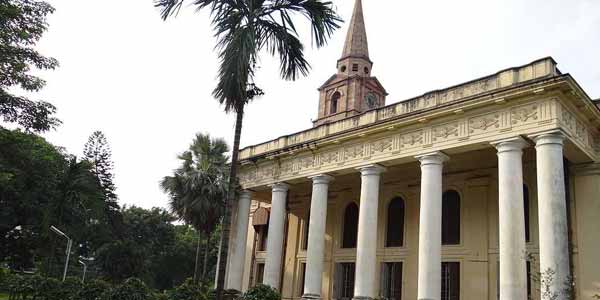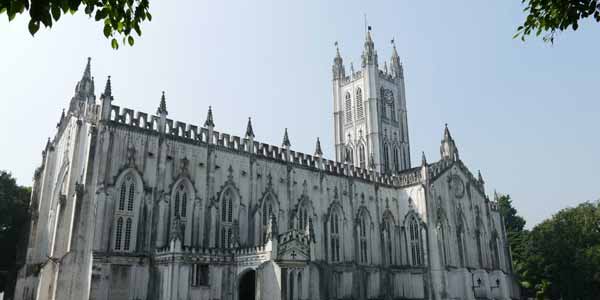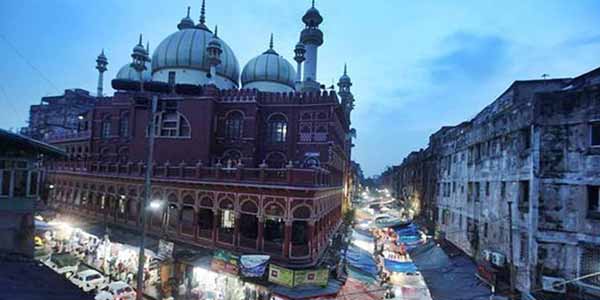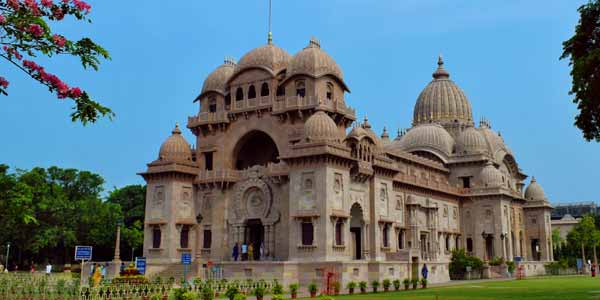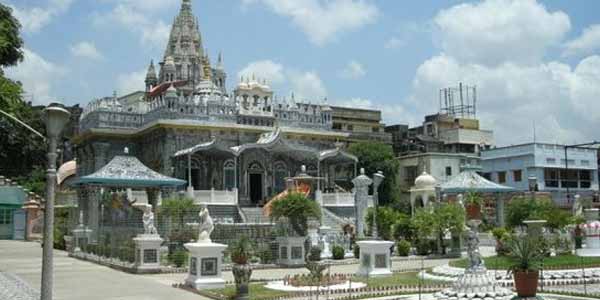
Belur Math Kolkata
Belur Math or Belur Muth is the headquarters of the Ramakrishna Math and Mission, founded by Swami Vivekananda, a chief disciple of Ramakrishna Paramahamsa. It is located on the west bank of Hooghly River, Belur, West Bengal. It is a place of pilgrimage for people from all over the world professing different religious faiths. Even people not interested in religion come here for the peace it exudes. The serene campus of belur math on the Ganga includes temples dedicated to Sri Ramakrishna, Sri Sarada Devi and Swami Vivekananda, in which their relics are enshrined, and the main monastery of the Ramakrishna order. The place has been sanctified by the stay of Swami Vivekananda and most of the monastic disciples of Sri Ramakrishna who spent several years here. Holy Mother Sri Sarada Devi also visited this place on several occasions. The room in which Swamiji attained Mahasamadhi has been preserved here. The headquarters of the worldwide twin organizations known as Ramakrishna Math and Ramakrishna Mission are also situated here.
Belur math is a place of pilgrimage for people of different religious faiths. This place of religious importance is visited by people from all over India and abroad. The main gate of belur math leads to the Ramkrishna Sarada Mandir. Swami breathed his last breath on 4th July, 1902 at this place. His memorial lies within the Math. His commodities are carefully kept in his room and is displayed to the people. belur math has also provided other things such as an art college, an industrial school and charitable dispensary. belur math is free from bigotry and sectarian rational and is modern in outlook. The Math and the Mission are committed to the task of ushering in a new age in which distinctions of caste, creed and class do not exist.
History of Belur Math
The pursuit of carrying forward the teachings and vision of their guru of serving humanity, Sri Ramakrishna Paramhansa, Swami Vivekananda, along with his brother-monks laid the foundation for building monasteries in India. Having returned from Colombo with a small group of western disciples in the January of 1897, Swami Vivekananda founded two monasteries, one at Belur, which went on to become the headquarters of Ramakrishna mission and the second monastery was founded at Mayavati in the Himalayan state of Uttarakhand. The sole purpose of building the monasteries was to train young monks-in-making of the monastic philosophies and way of life and then being ordained into the Ramakrishna order.
The ideas behind the architecture and design of the temple came from Swami Vivekananda’s observation while he travelled across the world as a parivrajaka (wandering monk). Swamiji travelled across the length and breadth of India as well as to the Americas and Europe. He picked cues from the buildings with Gothic, Dorik, Medieval, Renaissance and Modern styles. Closer home, he was influenced by monuments like the Taj Mahal, Fatehpur Sikri palaces, the Rajput palaces, temples of Maharashtra, Gujarat, Karnataka, Orissa and other states of South India.
Swami Vijnanananda, who had been a civil engineer before becoming a monk, designed the architecture of the temple, inculcating ideas from Swami Vivekananda.
Religious Places in Calcutta
Religious Places in Calcutta, India’s second-largest city, located on India’s Eastern Coast, boasts of being an artistic, cultural and intellectual capital of the country. Its streets and bylanes are vivid, hectic, chaotic, and yet, brimming with life and creativity, and soaked in layers of heritage and culture. The city served as the erstwhile capital of the British empire before the government was shifted to Delhi, and thus features a unique touch of its royal past lingering in every nook and cranny. The metropolitan city is famous for its vibrant cultural and historical places and ethnicity and is a divine hub for innumerable temples, many of which are extensive pilgrimage sites.
 +91 9799050299
+91 9799050299 